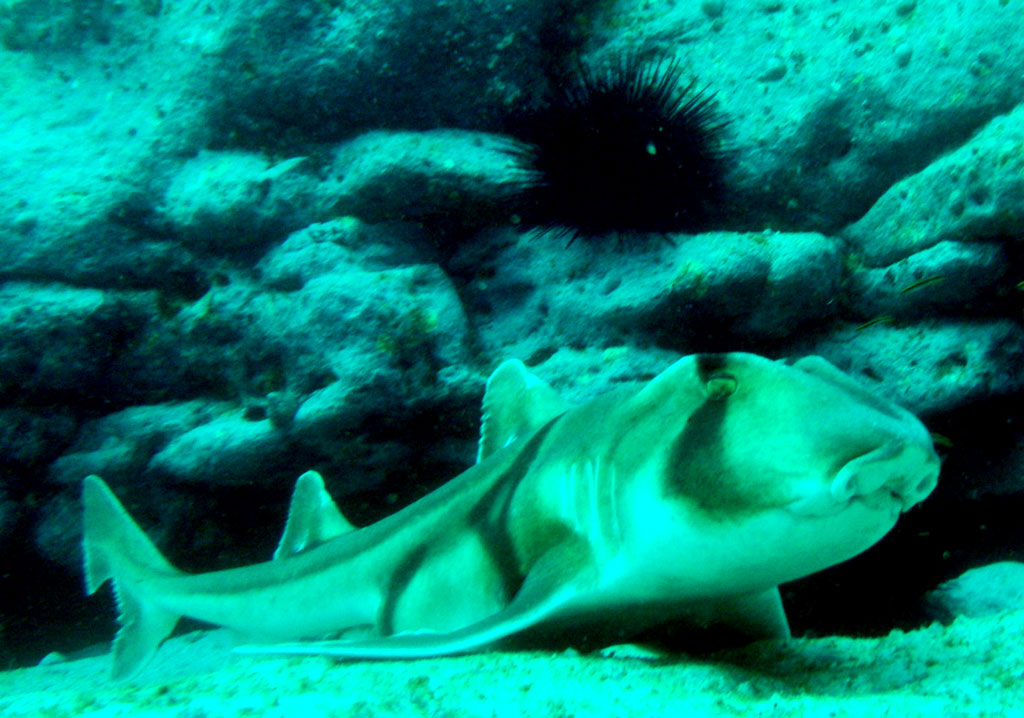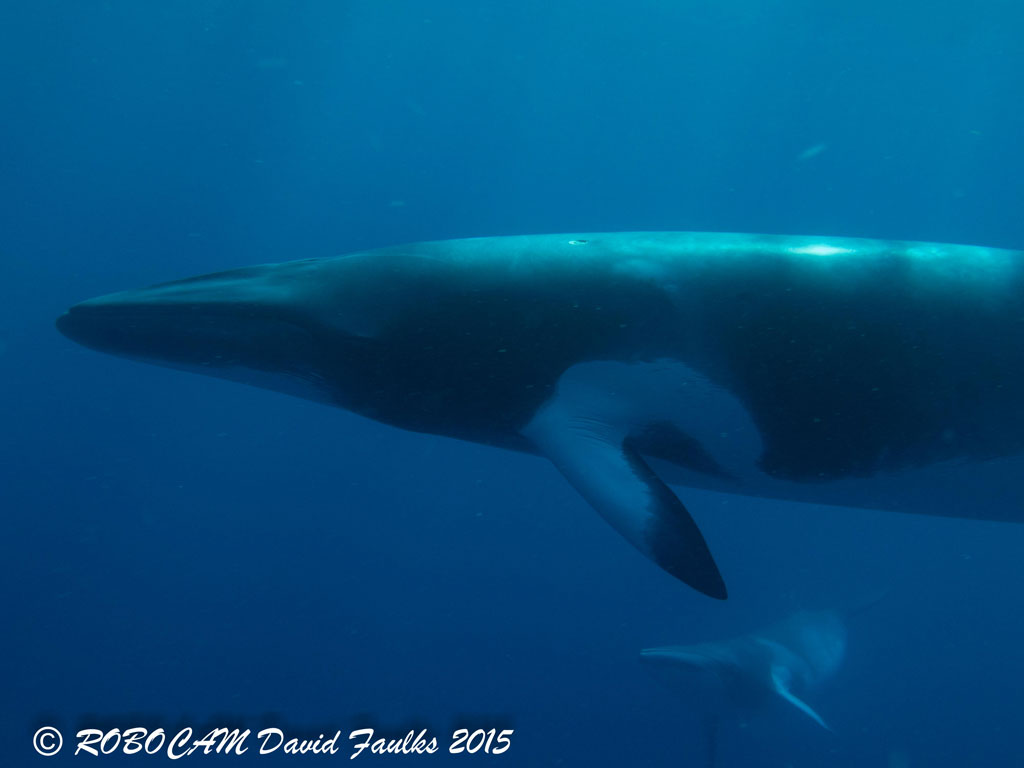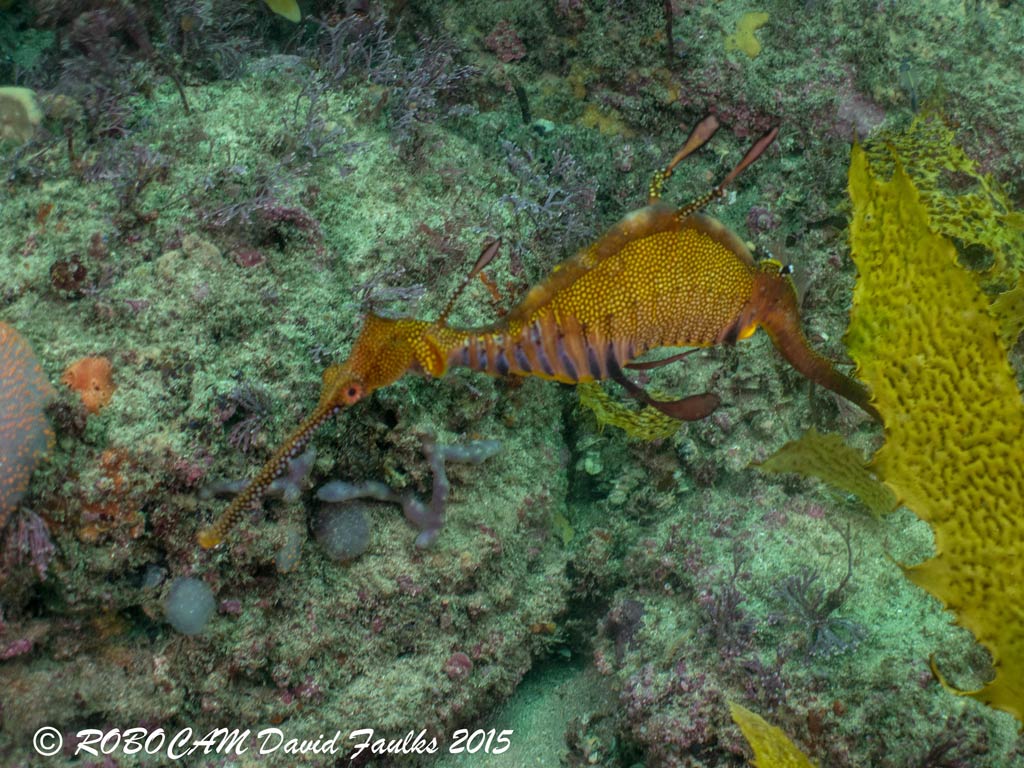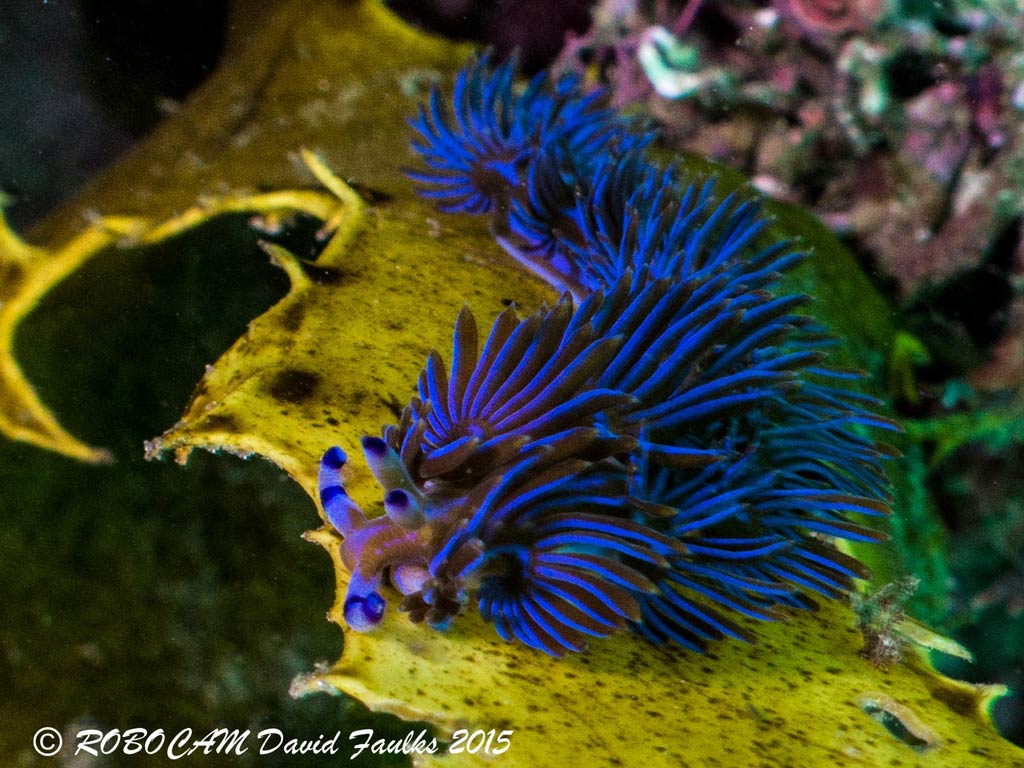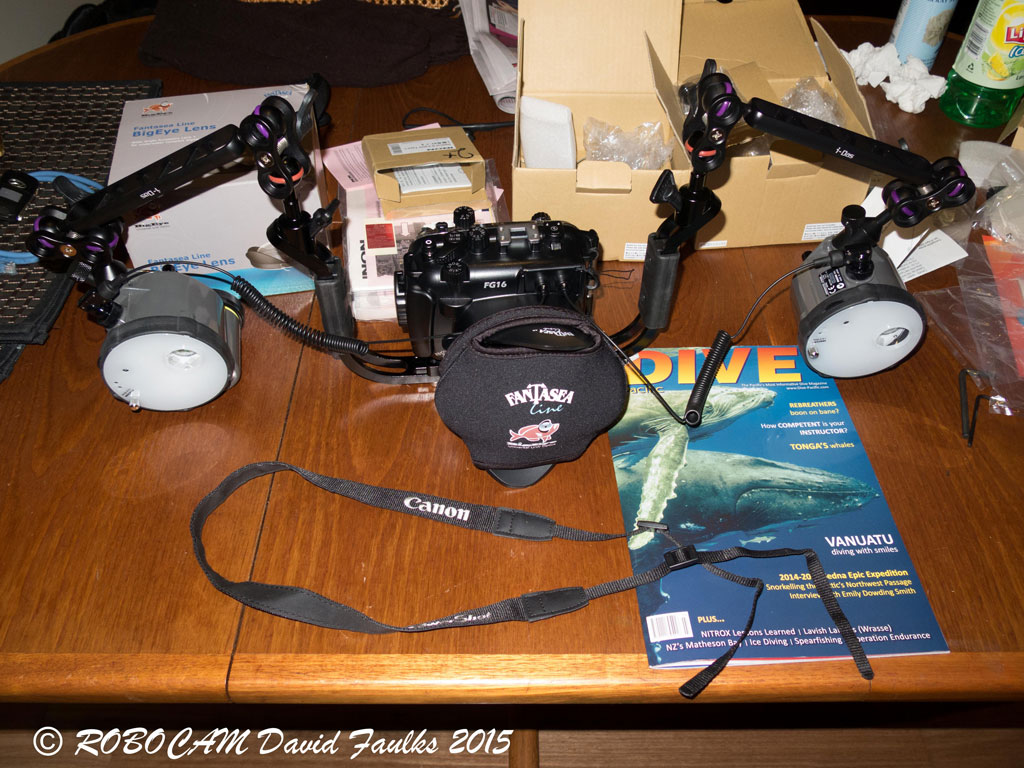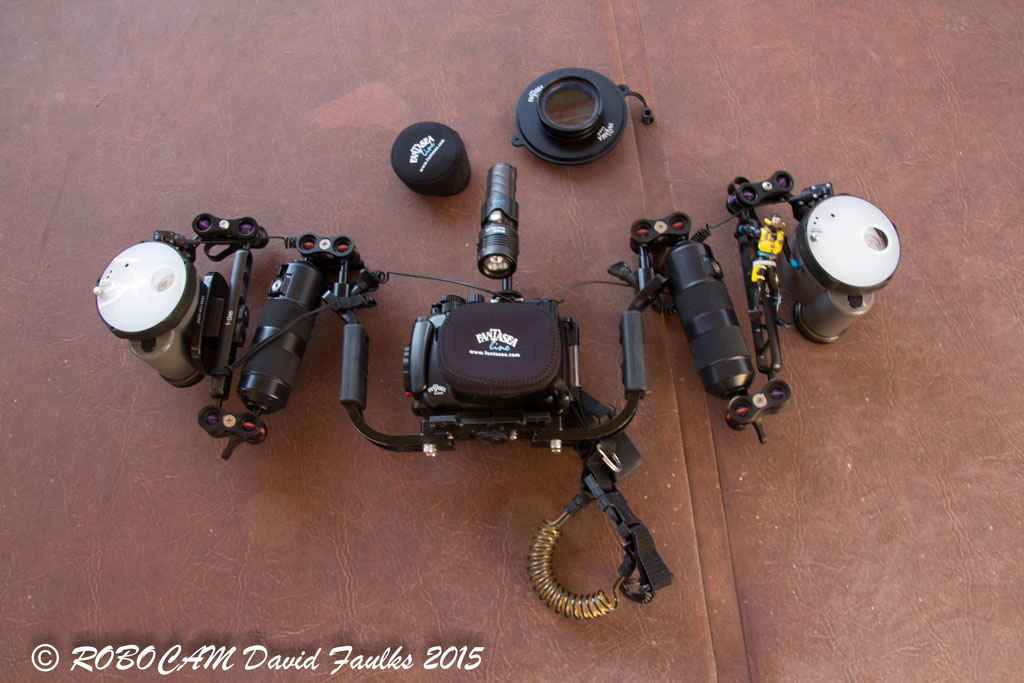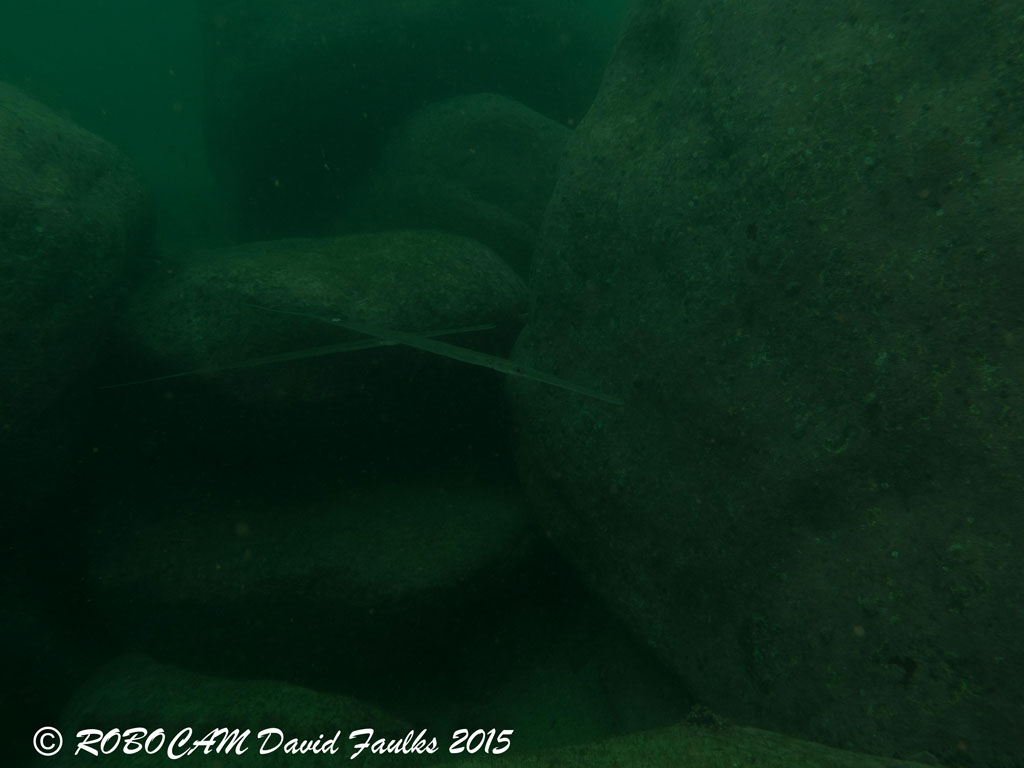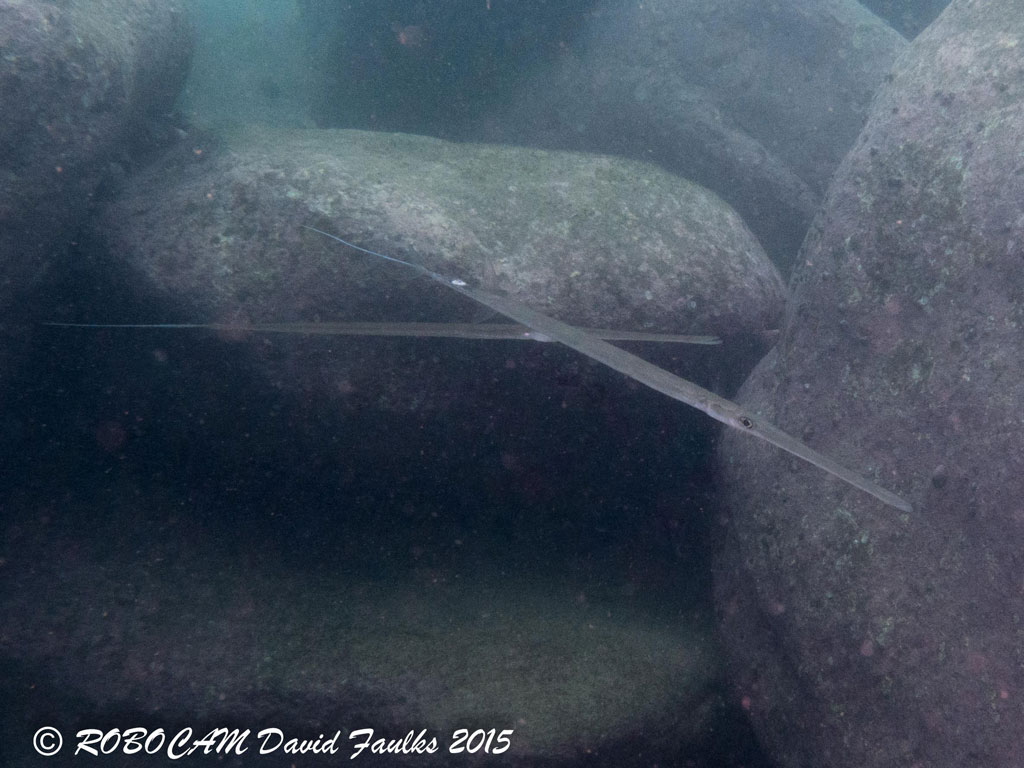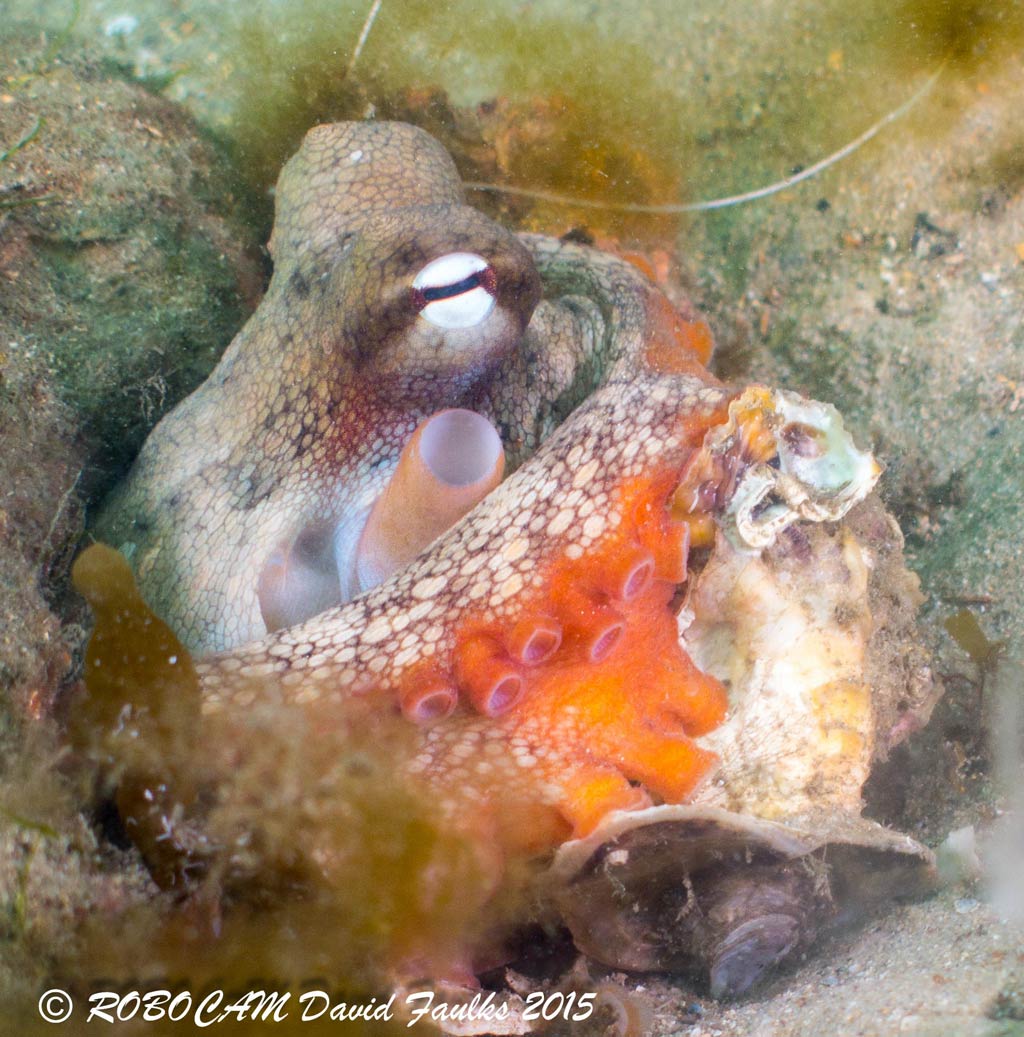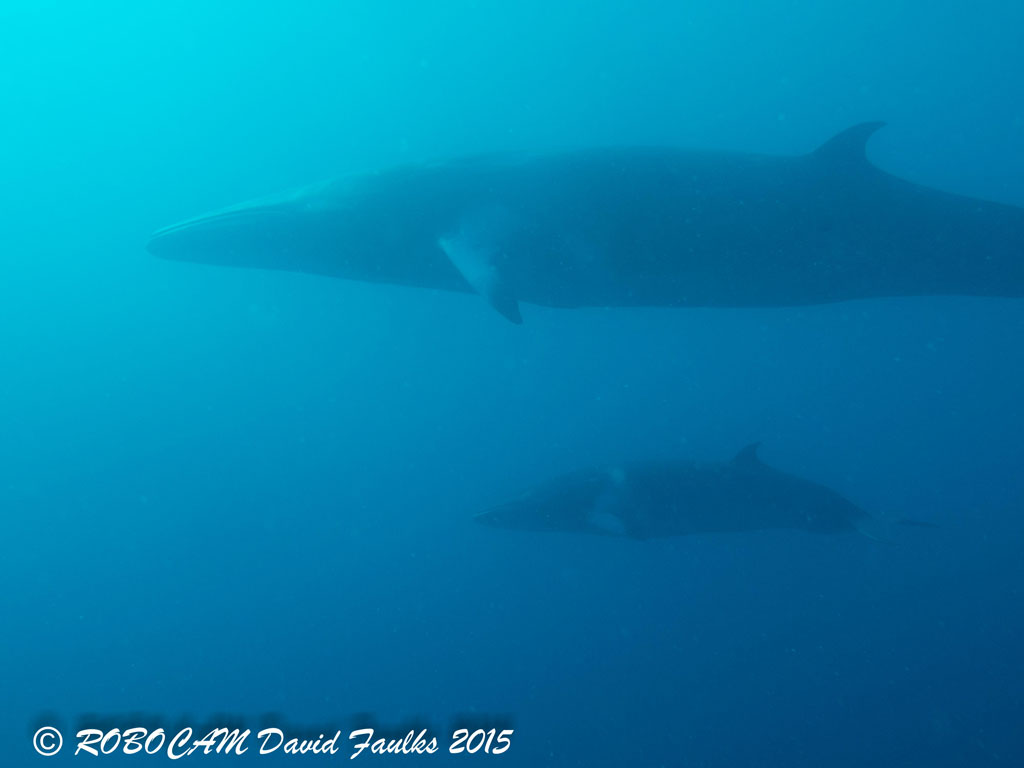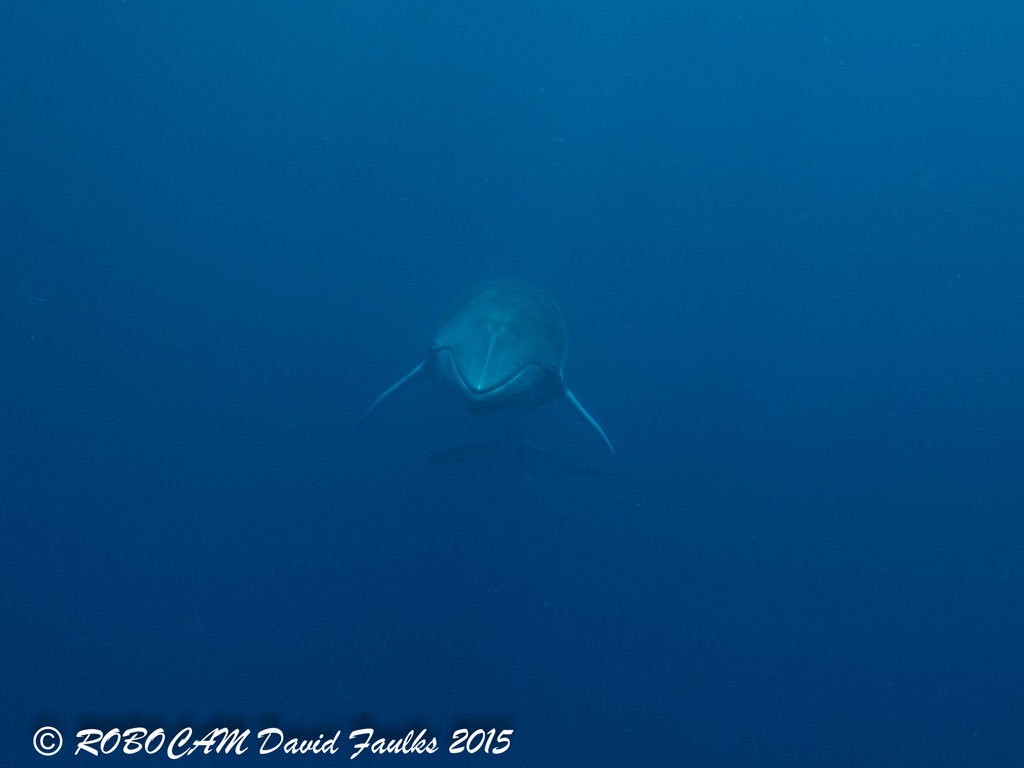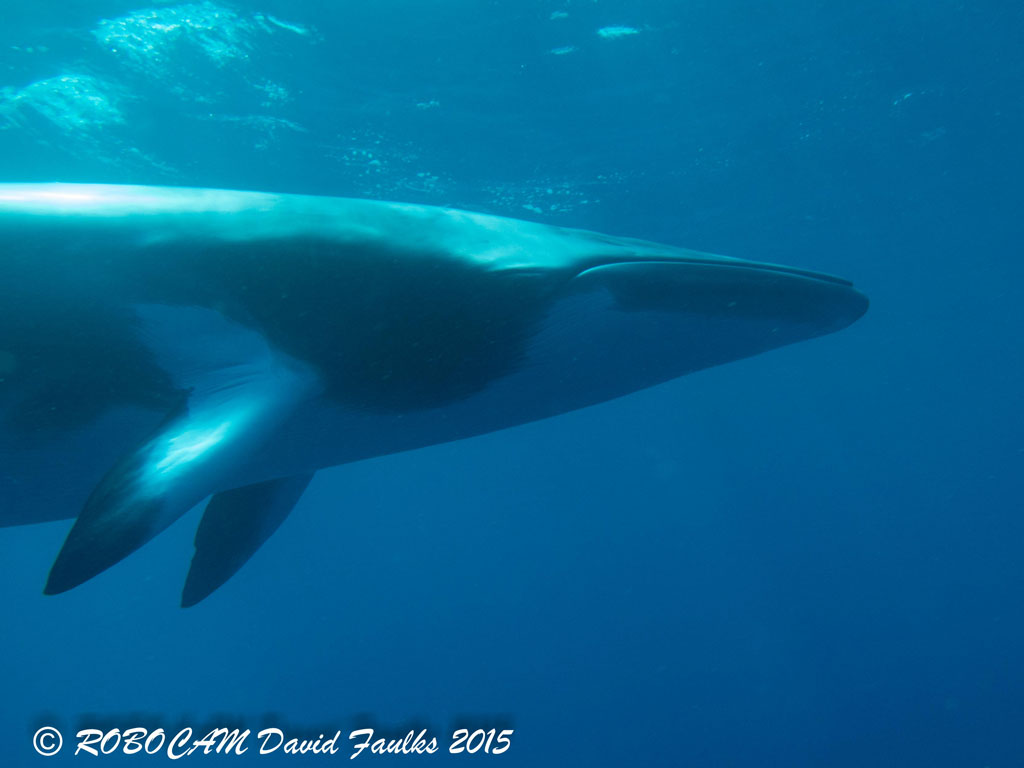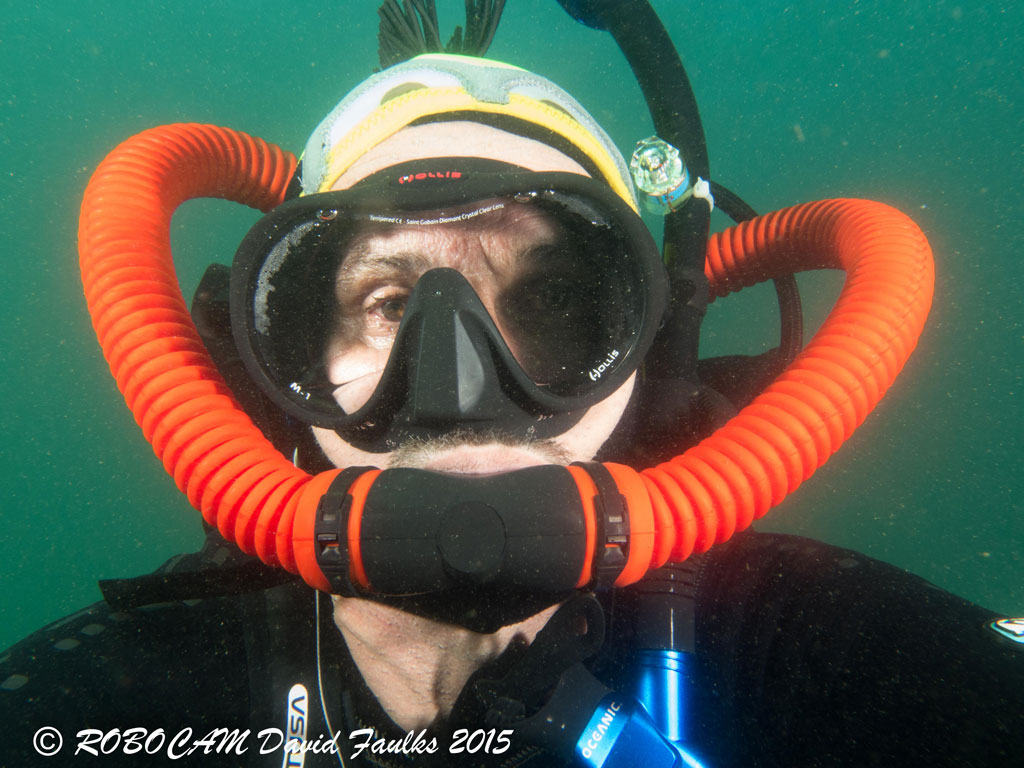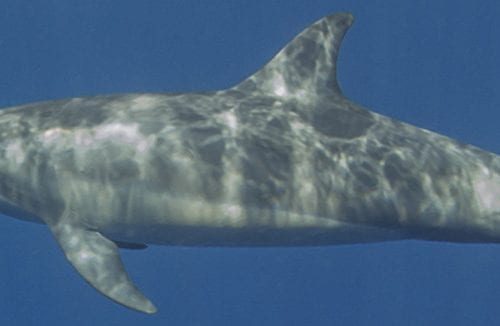Q1: Explain how you got into underwater photography in the first place.
David Faulks: “My interest started from watching others in the water capturing fantastic images and spending many hours talking about what they had seen and photographed during a photo shoot out on board the Ocean Trek at Jervis Bay during the 2012 October Long Weekend. I even entered the on board competition and was amazed at what others had submitted. The “shutter bug” had bitten my senses and given a focus to my diving.”
My initial camera set up was an Olympus U-Tough for a holiday in Queensland which was water proof to 3m so when I started diving a bit later threw this into an Ikelite Case which was good for 50m – flexible and compact. That is when my problems started – what I was trying to achieve and the equipment was such a big misfit but I persevered until last year when I sailing on my first Mike Ball trip to the wreck of the Yongala in May 14. The only hurdle in my way forward was money and what to buy. That is when I invested in my current set up for the week long Mike Ball Minke Whale expedition in July 14.
Q2: What is your favourite subject matter? What attracts you to it?
Subjects? The bucket list is manta rays, whale sharks and great whites as they are such impressive creatures – planning to tick great whites next year at Port Lincoln.
In general the bigger the better as I normally wear glasses but can get excited in spotting a miniature nudie or some other miniature critter.
So far Minke whales on the Great Barrier Reef have provided seven days of fantastic pleasure from diving with and photographing these inquisitive creatures. All my images taken on that trip were poignant as there was considerable media play at the time about Japanese whaling in the Antarctic Ocean where these animals live so when returning from two dives and sitting on the shot line doing a safety stop which extended for sometime considerable time (checking my dive computer it showed I had 15 bar in my tank when I surfaced naughty naughty) as I had Minke’s all around me, under and alongside the boat – making their distinctive clicking sounds.
At the other end of the scale was my first encounter with a weedy sea dragon at Kurnell where I took not only still images but a short video – I am so intrigued and fascinated with these animals so I regularly visit this site and Bare Island at La Perouse to watch and photograph these unique marine creatures.
Here is some video shot on the same camera.
Nudies – come in large, small or tiny sized varieties with the best being a blue dragon on a contrasting leaf which I had to synchronise with the ebb and flow of the current so timing was very critical in capturing this image. Possible photo competition entry with this one.
Q3: What equipment do you use now? Why does it suit your purpose so well?
Currently I use a Canon G16 with Fantasea G16 housing and base with twin Inon Z240 strobes which is affectionately been dubbed “RoboCam”. This name came about when I was assembling my new toy on the dining room table and it looked like a robot with arms. I also have a dome port and 67mm adaptor for Macro dioptres and have recently added float arms and a focus light. This was my initial set up.
And this is my set-up now.
The set up is compact and suits my current level of experience in underwater photography. I intend to hang onto the G16 until it breaks before upgrading as I am now only just achieving excellent images on a consistent basis with little or no post processing at home. It suits my current purpose of capturing the marine life for my friends and family but time will tell as I learn more from other underwater photographers as I have a growing interest in scientific diving and marine science.
I manage and process all images in Lightroom 5 as it is simple and easy to use for my current purposes. The two photos show what can be achieved if shown how and you have buckets of time. Before …
… and after…
Q4: Are you willing to give away one secret, or one top tip?
I have several tips for divers who are photographers – new and old – find a group of like minded divers and take your time under water as you will miss some beautiful opportunities if you rush about. My best dive was an extended dive in less than 6m of water at Clifton Gardens at Mosman along the pillions of the jetty adjacent to the ocean pool, having time to search and find crabs, seahorses, octopi (many octopus) moray eels, tasselled anglers and much more.
As a safety precaution I recently did the PADI Self Reliant Divers course which I would highly recommend to underwater photographers. I did the course as I was finding the constraints of staying with my buddy who may have found something some distance away limiting my photographic skills and ability to work on a subject. I now assess each site and together my buddies as to whether to I should take the extra pony bottle and equipment – my personal rule is what depth am I diving; who are my buddies; have I dived here recently and finally prevailing weather conditions. For group dives we generally set a time limits before surfacing to overcome any other safety concerns.
Other tips – do an underwater digital photography course (PADI or equivalent) to get started as this will show you the basics but I recently did a two day Digital Photographic Workshop with Dive 2000 at Port Stephens which has taken my camera work to the next level. This course resolved a number of technical difficulties in camera setup, technique, type of photos. It was a massive input to my camera setup and photographic knowledge in a very technology driven age. I now use manual setting for the camera and strobe and adjust to the conditions either by repositioning the strobes, changing the ISO value, aperture or shutter.
Over the Australian winter, I have a group of like minded dive buddies, so will be practicing these new found skills at local dive sites in and around Sydney with its fabulous variety of dive sites and marine life. As we were advised at the workshop, have a single photographic purpose for your dive genre – be it macro with macro lens, macro wide angle, close up with strobe or wide angle sunlight. I have recently completed dives where I just practiced subject composition and lighting so practice is the key so it becomes automatic or muscle memory. Another key learning is to take test shots as the conditions change underwater so when the unexpected opportunity happens you can instinctively take photos with only minor adjustments to camera settings.
I can now look at my photo library and can see the step changes in image quality over the past twelve months and with more confidence will enter more competitions – some dive boat operations such as Mike Ball run an on board shoot out per trip which is a whole lot of fun with a variety of subjects and there are other more serious photo competitions run by dive shops and dive based companies with big prizes – so 2016 may be the year to reap rewards for my efforts.
To further expand my understanding of underwater photography I use Facebook as a social media to link or like pages on underwater photography eg Wetpixel and Nudibase – sharing Nudibranch knowledge – to see the standards other are achieving which helps my ongoing personal and technical development.
Q5: what do you consider your best ever shot? Tell us how you got that one.
Best shot – that is a hard one. In my mind they are all good just some “bettera” than others. The one that tugs the heart strings was at a site called “The Snake Pit” during the Minke Whale expedition on the Great Barrier Reef. To keep it short the current came up and I missed the reference point to swim back to the boat so was doing a mid ocean safety stop when mother and calf swam by – photo over exposed but who cares that was the shot of the trip plus a short video.
…and a snippet of video…
On the same trip returning from a dive at Lighthouse Bommie I could hear Minkes in the vicinity but during my safety stop this beautiful creature appeared out of the ocean “blue” – then on a subsequent pass he stopped adjacent to me at a distance of less than 3m before disappearing out of view. Breath taking, even now, seeing such a beautiful marine animal up close, watching you and interacting with me, will stay in my memory for a long time with my photos as evidence of the special encounter.
Can’t get enough of these gentle giants…
Safe diving and may your camera never flood.
David aka Robocam Minion

